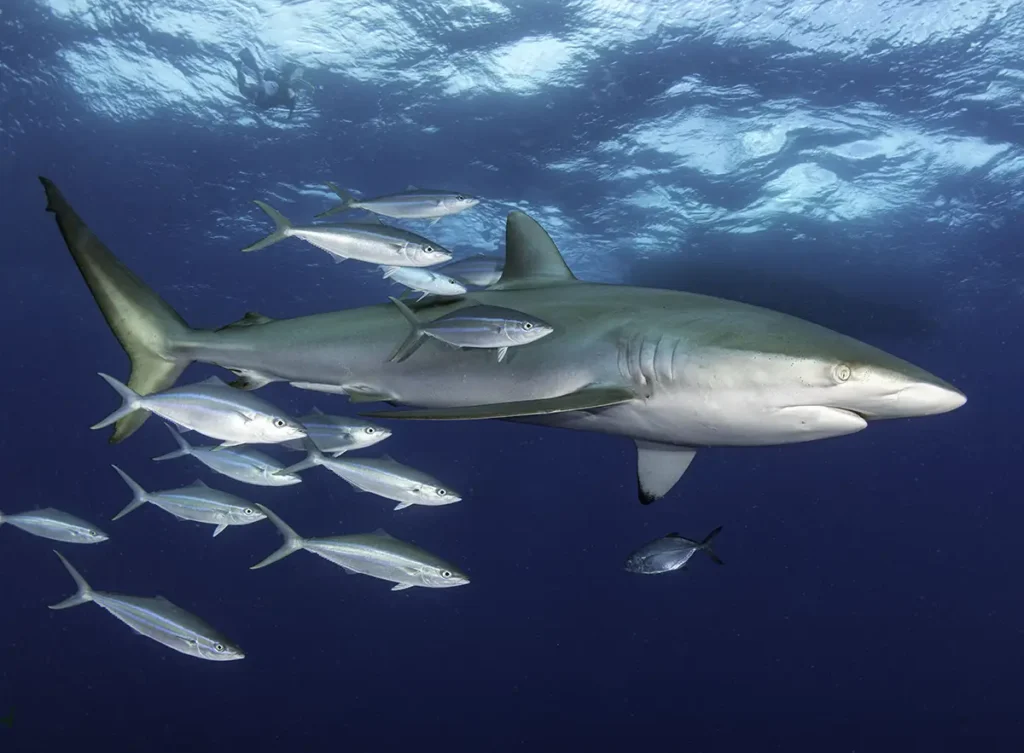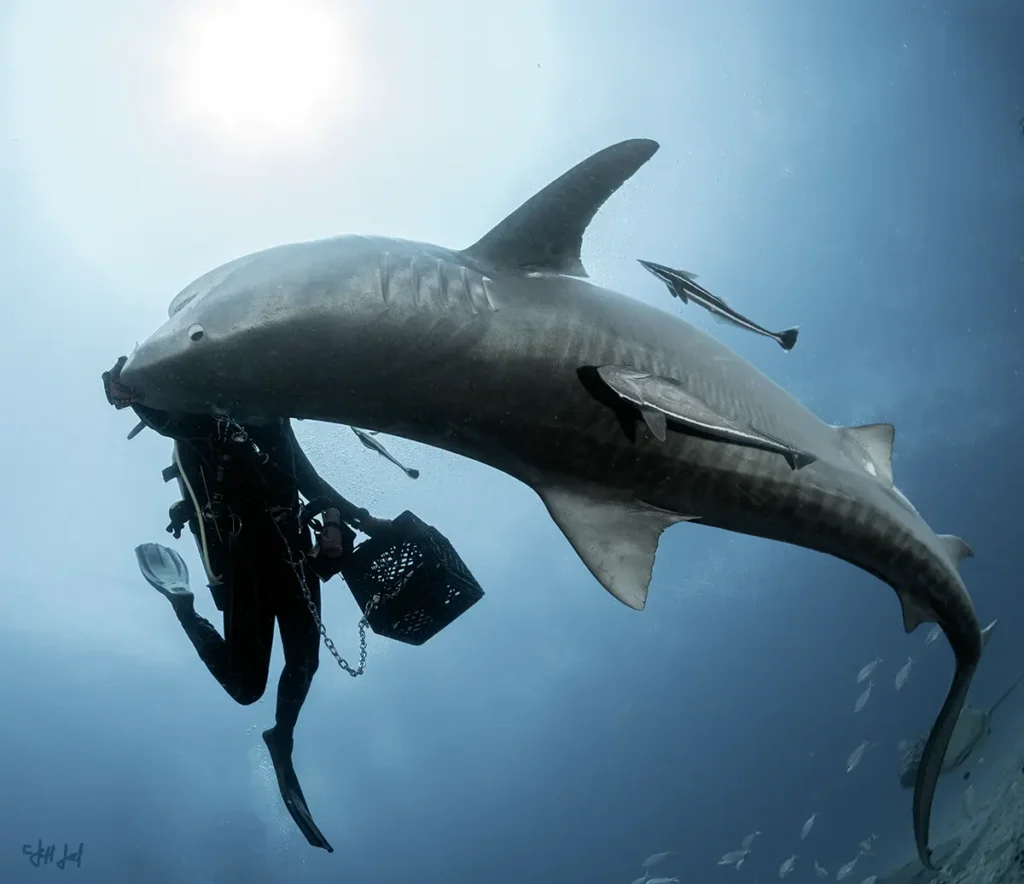Education
Sharks: Myths vs. Facts
Contrary to popular belief, sharks are not just the solitary hunters of popular imagination. They play intricate roles in the marine environment, proving to be far more interesting and vital than you might think.
With over 500 known species, ranging from the tiny Dwarf Lantern shark to the gigantic Whale shark, they inhabit a kaleidoscope of marine environments across the globe. Their sizes, shapes, and behaviors are as varied as the oceans they swim in. From the powerful apex predator Great White to the gentle, plankton-sifting Basking shark, each species has evolved unique feeding habits and reproductive strategies that showcase a remarkable evolutionary journey. Beyond their role as intimidating predators, sharks are vital to the health and balance of marine ecosystems.
Preserving this incredible diversity is crucial, not just for the sharks but for the entire oceanic world they help to sustain. So, if you’ve pigeonholed sharks into a single category, it’s time to explore the vast, intricate tapestry of their existence.
Sensory Abilities, Migration, and Territoriality

The Truth About Shark Attacks and Human Interactions
Shark attacks on humans are enveloped in myths and fear, often overshadowing the realities of these rare events. Statistically, the likelihood of a person being attacked by a shark is about 1 in 11.5 million, and the chance of a fatal shark attack is less than 1 in 264.1 million. Compared to other wildlife or natural events, sharks are far from being the biggest threat to human safety.
Many shark bite incidents are cases of mistaken identity, where sharks who are curious or confused mistake humans for their usual prey swimming in murky waters. When they recognize that humans are not natural prey, they typically retreat after an exploratory bite.
Human activities in the ocean, such as surfing or paddleboarding, can create silhouettes that mimic a shark’s natural prey. This, in turn, can lead to potential encounters. Geographic factors also play a role, with certain areas reporting higher incidences due to environmental conditions and shark populations. For instance, some regions attract high populations of Great White, Tiger, or Bull sharks.

Preventive Measures and Safety Tips
Reducing the risk of shark encounters involves not just an awareness of local populations and behaviors, but practicing preventive measures such as the following:
- Avoid swimming during dawn and dusk when sharks are most active.
- Stay in groups when you’re swimming or engaging in watersports.
- Refrain from wearing shiny jewelry that could attract sharks.
- Use caution near sandbars or steep drop-offs where sharks tend to frequent.
The Ocean Stirs the Heart, Inspires the Imagination and Brings Eternal Joy to the Soul.
— Robert Wyland